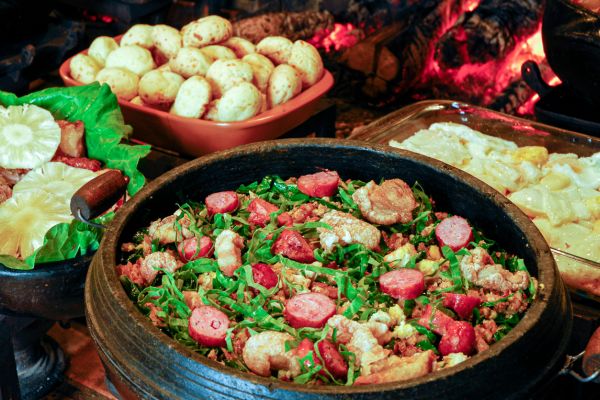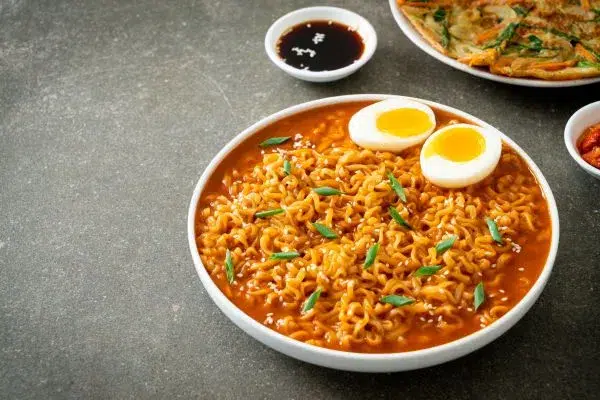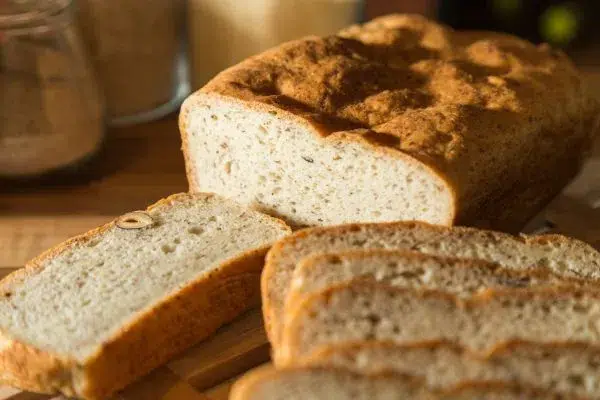Homemade Salami Recipe
Advertisements
Have you ever thought about making homemade salami in your own kitchen? It’s easier than you think! In this article, we’ll explore the delights of making homemade salami, from the essential ingredients to the curing process, providing a unique sensory experience.
Get ready to embark on this culinary journey full of intense flavors and irresistible aromas.
Advertisements
Why make Homemade Salami?
Making homemade salami is an amazing way to experience authentic flavors and have control over what goes into this tasty treat.
You can choose the ingredients you like, without any strange additives or preservatives. Plus, it's a fun activity to do at home!
Essential Ingredients for an Irresistible Salami
Before we begin our culinary journey, it is crucial to understand the ingredients needed to create an exceptional homemade salami.
The choice of meat is essential, and a mixture of pork and beef generally results in a balanced texture and flavor.
Make sure to select fresh, high-quality ingredients for best results.
Necessary Ingredients
To make homemade salami, you will need:
- 2 nutmeg balls
- 3% of salt
- 2 skinless pork legs (+/- 15 kg each)
- 30 g peppercorns
- 6 cloves of minced garlic
- 2 glasses of dry red wine
- 1 cup of sugar
- 20 meters (+/-) of dry or salted tripe
The Salami Preparation Process
1. Mixture Preparation:
The first step is to grind the meat and fat evenly. Then add the seasonings, ensuring even distribution to enhance the flavors.
2. Stuffing the Salami:
Now, it's time to put the mixture into the natural casings. This may seem a little strange at first, but it's an important step in shaping the salami.
During embedding, it is crucial to eliminate air bubbles to ensure proper curing. Don’t worry, you’ll get the hang of it in no time!
3. Curing the Salami:
After stuffing, tie the ends and hang the salami in a cool place. This is where the red wine comes into play, helping to preserve and accentuate the flavor. Now, just wait while the salami becomes even more delicious during the curing process.
The Secret Behind the Unparalleled Flavor
Curing is the stage that transforms homemade salami into an irresistible delicacy. Hanging in a cool, airy place, the salami undergoes a slow drying and maturation process.
This period, which can vary from a few weeks to months, allows the flavors to intensify and develop, resulting in a unique sensory experience.
During curing, the salami loses some of its moisture, concentrating its flavors and developing a firm, succulent texture. The aroma that permeates the room during this process is a delicious anticipation of what is to come.
Tips and Tricks for Perfect Salami
To ensure success in making homemade salami, it is useful to know a few tips and tricks. Here are some valuable guidelines:
- Hygiene is Fundamental: Keep all surfaces and utensils clean to avoid contamination during the process.
- Experiment with Seasonings: Don't hesitate to experiment with seasonings and spices to create unique salami variations.
- Control Humidity: During the curing process, control the humidity in the environment to avoid mold problems and ensure proper curing.
Exploring the Diversity of the Salami World
When we enter the fascinating world of salami, we discover a variety that is as vast as it is delicious. In addition to the traditional homemade salami, there are several other options that captivate palates around the world. Let's explore some of these varieties, expanding the horizon of possibilities for lovers of this delicacy.
1. Italian Salami: A Journey to Mediterranean Flavors
Italian salamis are renowned worldwide for their exceptional quality and flavor. Varieties such as Salame Milano, made with finely ground pork, and Salame Calabrese, which incorporates red pepper for a spicy kick, are just a few examples.
The diversity of curing techniques and regional ingredients in Italy results in a unique range of flavors.
2. Spanish Chorizo: An Explosion of Iberian Flavors
Spanish chorizo is another gem in the world of sausages. Made predominantly from pork and seasoned with paprika, garlic and other spices, chorizo offers an intense and robust flavor experience. There are different types, from mild to spicy, providing options for every taste.
3. Hungarian Salami: A Blend of Tradition and Innovation
In Hungary, salami is a tradition deeply rooted in the food culture. “Csabai” is a notable example, characterized by a unique blend of pork meat and spices, including the famous Hungarian paprika.
These salamis often incorporate ancient production methods, creating a unique connection to the past.
4. German Salami: Balance and Quality
German salamis are known for their quality and precision in production. Mettwurst is a popular example, combining pork and beef with a touch of garlic and herbs.
German tradition values excellence in the production of sausages, resulting in balanced flavors and distinct textures.
5. Brazilian Salami: Tropical Flavors in the Mix
In Brazil, salami takes a unique approach, often incorporating local ingredients for a tropical twist. Varieties like “Salame Colonial” reflect the country’s cultural diversity, combining European influences with indigenous ingredients.
FAQ – Frequently Asked Questions
How long does it take to cure salami?
Curing time can vary, but generally ranges from a few weeks to a few months, depending on drying conditions.
Can I replace red wine with another liquid?
While red wine is traditionally used, you can experiment with other liquids, such as white wine or beer, to create flavor variations.
How to avoid mold problems during curing?
Keep the curing environment clean, dry, and well-circulated. Control humidity to prevent unwanted mold growth.
Conclusion
Making homemade salami is more than just cooking; it’s about creating memories and flavors that only your kitchen can offer. Be amazed by how simple this process is and have fun experimenting with different variations.
Make homemade salami a tradition in your home and share the flavor of a snack made with love. Enjoy every bite!






